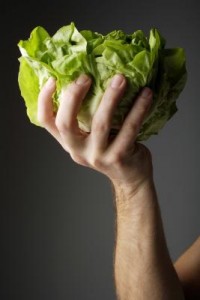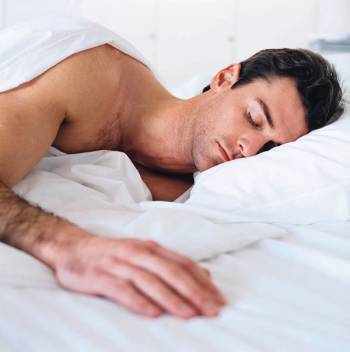Think that you are being virtuous when grazing at the salad bar instead of grabbing a burger for lunch? Well, think again: Many of the items lurking under that plastic protective covering are actually quite high in calories and/or fat. Here are some of the culprits to watch out for at your favorite salad counter:
Dressings. Avoid French, Italian and Russian dressing, which contain about 65 calories per tablespoon, and don’t even think about ranch dressing, which packs in a whopping 90 calories per tablespoon.
Coleslaw. Hard to believe a 6-ounce serving can contain 150 calories!
Cottage Cheese (Full Fat). Those 120 calories per half cup can put the cottage cheese on your thighs in a hurry.
Egg Salad. At 345 calories per 4-ounce serving, you should at least get some bacon on the side, no?
Bacon Bits. Speaking of bacon, a mere tablespoon of these little buggers will set you back 30 calories.
Peas. One half cup contains 70 calories, so use sparingly.
Croutons. Easy on those tablespoons, each of which contain 20 calories.
Sunflower Seeds. These crunchy toppings weigh in at 175 calories per ounce.
—
Source: CalorieKing.com


